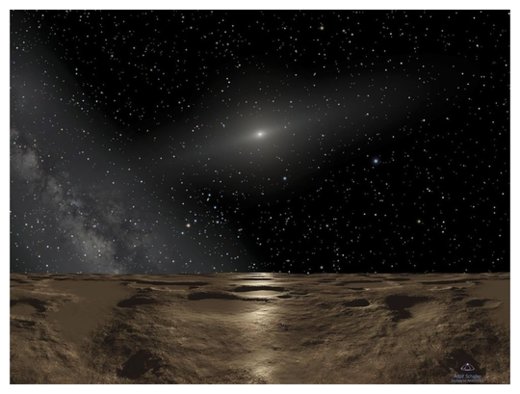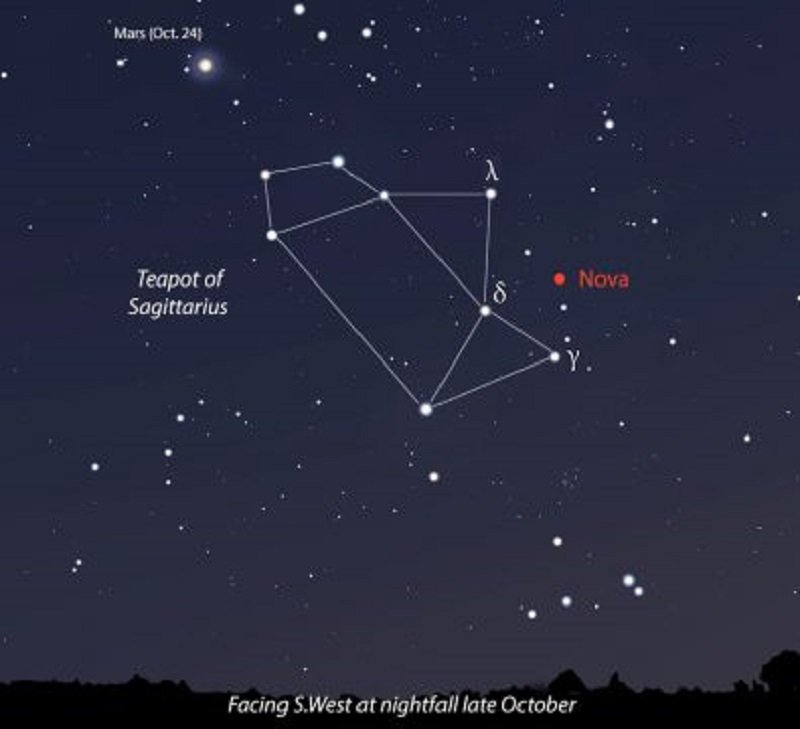
© WikiMedia CommonsArtists concept of the Solar System as viewed from Sedna.
While some scientists point to the odd behavior of the newfound residents as further proof for the existence of the hypothetical Planet Nine (a yet-unseen super Earth proposed to inhabit the outskirts) not everyone is convinced.
The new inhabitants include a small icy world with one of the longest known orbits and several smaller objects clustered together extremely far from the sun.
The newest of these objects is L91, an icy world that can travel as far from the sun as 1430 astronomical units (AU), or 1,430 times the Earth-sun distance, one of the longest known orbital periods. L91 never draws closer to the sun than 50 AUs, farther away than even Pluto.
And L91's distant path is shifting.
"It's orbit is changing in quite a remarkable way," astrophysicist Michele Bannister told scientists last week at the American Astronomical Society's Division for Planetary Sciences in Pasadena, California. Bannister, an astrophysicist at Queen's University Belfast, identified minute changes in the object's orbit that could come from the passing gravity of other stars or interactions with the hypothetical Planet Nine. Simulations by the team suggest that the tiny tugs are more likely to come from beyond the solar system, whether distant stars or galactic winds.
Konstantin Batygin, an astronomer at the California Institute of Technology, said, "I think it's a story that's not implausible, but I also think it's not needed." Batygin, who announced the existence of Planet Nine last January, thinks the unusual orbits of L91 and other newfound objects are more likely explained by the hypothetical planet.
Bannister and her team spotted L91 using the
Outer Solar System Origins Survey, a 4-year survey hunting distant moving objects using the Canada-France-Hawaii Telescope. L91's mass and size remains unknown.
"It's right at the limit of what we could actually detect in the sky," Bannister said.

